At INOC, we've observed that success in NOC operations isn't just about implementing the right tools or hiring skilled staff — it begins with a thorough understanding of your current state and future needs through professional assessment.
Drawing from extensive experience in NOC operations and consulting, we've found that organizations often approach NOC support with preconceived notions about their needs. Some believe they simply need after-hours coverage, while others think their primary challenge lies in documentation. However, our experience has shown that effective NOC operations require a more nuanced understanding — one that can only be achieved through comprehensive assessment.
Here's a brief look at the operational assessments we conduct at the outset of a potential service engagement.
The Assessment: More Than Just Requirements Gathering
Our NOC operations assessment process is a structured yet flexible approach that goes well beyond basic requirements gathering. It's designed to uncover not just the obvious pain points but also the underlying operational challenges that might not be immediately apparent.
Initial Pain Point DiscussionThe journey begins with a targeted conversation focused specifically on understanding operational challenges. Instead of immediately proposing solutions, we take time to understand these challenges in detail and explain how our services can specifically address them. This approach helps avoid jumping to preconceived solutions that might not fully address underlying issues. |
Solutions Engineering AnalysisFollowing the initial discussion, our solutions engineering team conducts a more technical deep dive. This phase involves a detailed exploration of your environment and existing infrastructure to identify potential gaps. While some cases may be straightforward, many require extensive analysis to ensure we understand all technical components that will impact service delivery. |
Solutions Engineering AnalysisFollowing the initial discussion, our solutions engineering team conducts a more technical deep dive. This phase involves a detailed exploration of your environment and existing infrastructure to identify potential gaps. While some cases may be straightforward, many require extensive analysis to ensure we understand all technical components that will impact service delivery. |
Detailed Requirements CollectionThe process then progresses to comprehensive requirements gathering, which determines the scope of the service required and how that service will ultimately be priced in terms of the volume of activity the NOC can expect and the size and nature of the supported environment. This involves:
|
Final Technical Deep-DiveOnce preliminary pricing is established, we conduct an even deeper requirements analysis. This involves bringing additional technical stakeholders from both sides together to discuss:
|
Organization-Specific Assessment Approaches
Years of conducting NOC assessments have taught us that different types of organizations require somewhat different assessment approaches. A telecom provider, for instance, differs significantly from an enterprise business organization — each presenting unique operational landscapes that demand tailored evaluation methods.
Let's explore how these assessments differ and why this specialization matters for effective NOC operations.
Service Provider Assessment
When assessing service providers, we encounter a relatively focused but deep technological stack. While this might suggest a simpler assessment process, the reality is quite different. Service providers often manage complex networks with multiple customer touchpoints, requiring a careful evaluation of both technical capabilities and customer service workflows.
Our assessment typically begins with a deep dive into networking infrastructure, as this forms the core of most service provider operations. We examine network design architecture, paying particular attention to how it supports customer service delivery. This includes evaluating redundancy, scalability, and monitoring capabilities.
The unique challenge for service providers often lies in their operational workflow. Unlike enterprises, they must manage a complex web of customer communications alongside their technical operations.
|
Our assessment carefully examines:
|
Enterprise Assessment
Enterprise NOC assessments present a markedly different challenge. Unlike service providers' relatively focused scope, enterprise environments typically encompass a vast array of technologies, teams, and interdependencies that significantly impact NOC operations.
The complexity of enterprise assessments often stems from the need to evaluate multiple technology domains and their interactions. A typical enterprise NOC might need to support:
- Complex networks spanning multiple locations
- Wide-area networks connecting facilities across cities or countries
- Internal LAN environments with varying requirements
- Extensive server infrastructure, both physical and virtual
- Cloud resources and hybrid deployments
- Critical application support components
- Cross-team dependencies and workflows
This technological diversity creates unique assessment challenges. We often find that enterprise NOCs struggle with clearly defined ownership and responsibility boundaries between different technical teams. For instance, when an application issue impacts network performance, determining whether it belongs to the network team, server team, or application team can become complicated.
|
Our enterprise assessments must therefore go beyond pure technical evaluation to examine:
|
Critical Operational Definitions
One of the most crucial aspects of our assessment process involves establishing clear definitions of key operational concepts. Through our experience, we've found that organizations often operate with different understandings of fundamental NOC concepts, which can lead to misaligned expectations and inefficient operations. Let's explore these critical distinctions that form the foundation of effective NOC operations.
Understanding incidents vs. events
A common challenge we encounter during assessments is the confusion between incidents and events. An incident represents a discrete problem, but it may generate multiple notifications or alerts. To illustrate this:
|
To illustrate this, when a fiber cut occurs, it might trigger:
|
While all these notifications relate to the same problem, they constitute a single incident. This distinction is crucial for accurate workload assessment and proper service delivery planning. Organizations often struggle with this concept, sometimes treating each alarm or notification as a separate incident, which can lead to inefficient resource allocation and confused reporting metrics.
Service requests: a distinct category
Service requests form a separate category of operational activity that requires different handling from incidents. These typically involve requests for information or assistance that don't stem from service disruptions. During our assessments, we help organizations clearly delineate between incidents and service requests to ensure proper tracking and handling of each.
The often-overlooked maintenance window
One of the most frequently misunderstood operational activities involves maintenance windows. During our assessments, we often find that organizations don't consider maintenance windows as ticketable events or incidents. However, this is a critical oversight because maintenance activities:
- Require significant work effort
- Need proper tracking and management
- Impact resource allocation and planning
- Affect overall operational metrics
We emphasize the importance of treating maintenance activities as formal, trackable work items because they represent a substantial operational effort that needs to be accounted for in resource planning and performance metrics.
Understanding these distinctions is vital for:
- Accurate workload assessment
- Proper resource allocation
- Effective service delivery planning
- Meaningful performance metrics
When organizations lack clear definitions for these operational concepts, it becomes difficult to:
- Accurately assess current workload
- Project future resource needs
- Establish meaningful performance metrics
- Compare performance across different time periods
- Make informed staffing decisions
By establishing these fundamental definitions during the assessment phase, we create a foundation for more effective NOC operations and ensure that all stakeholders share a common understanding of how work is categorized, tracked, and managed.
These definitions become particularly crucial when organizations are trying to understand their current operational load and project future needs. Without them, organizations often struggle to provide accurate data about their actual workload, making it difficult to properly scope and price NOC support services.
From Assessment to Action
The assessment process serves as a bridge between understanding current operations and implementing effective solutions. By gathering detailed information about device models, quantities, and operational workflows, we can develop precise requirements documentation that guides service delivery. This thorough understanding enables us to create detailed statements of work that accurately reflect both current needs and future operational goals.
Our experience has shown that when organizations skip or rush through proper assessment, they often encounter challenges with service delivery and struggle to achieve their operational objectives. By investing time upfront in comprehensive assessment, we establish clear technical requirements and set proper operational baselines to measure success.
The Critical Value of Professional AssessmentProfessional assessment brings significant value to organizations seeking to improve their NOC operations. Through our structured approach to gathering and analyzing operational data, we help organizations:
This comprehensive approach helps prevent the common pitfalls we've observed when organizations skip thorough assessment, such as:
|
The Path Forward
Our assessment process establishes more than just a list of requirements; it creates a shared understanding between INOC and your organization about current operations, challenges, and goals. When you invest in our NOC Operations Consulting service, we help you:
- Assess your current operations and identify opportunities for improvement
- Develop standardized processes and runbooks that enhance efficiency
- Implement best practices for event management, incident response, and problem management
- Design scalable operational frameworks that grow with your business
Transform your NOC into a proactive, high-performance operation
This service is backed by INOC's extensive experience serving enterprises, communications service providers, and OEMs worldwide.
Through careful assessment and planning, organizations can build a clear pathway to where their NOC operations need to be. Whether you're establishing new NOC operations or seeking to improve existing ones, professional assessment provides the foundation needed for success.
The insights gained during assessment often prove valuable beyond the immediate scope of NOC support services. Organizations frequently find that these insights help inform broader operational improvement initiatives, contributing to long-term operational excellence.
Don't let operational inefficiencies hold your organization back. Contact us today to learn more about our NOC assessment services and take the first step toward optimizing your network operations, and be sure to download our free white paper below.
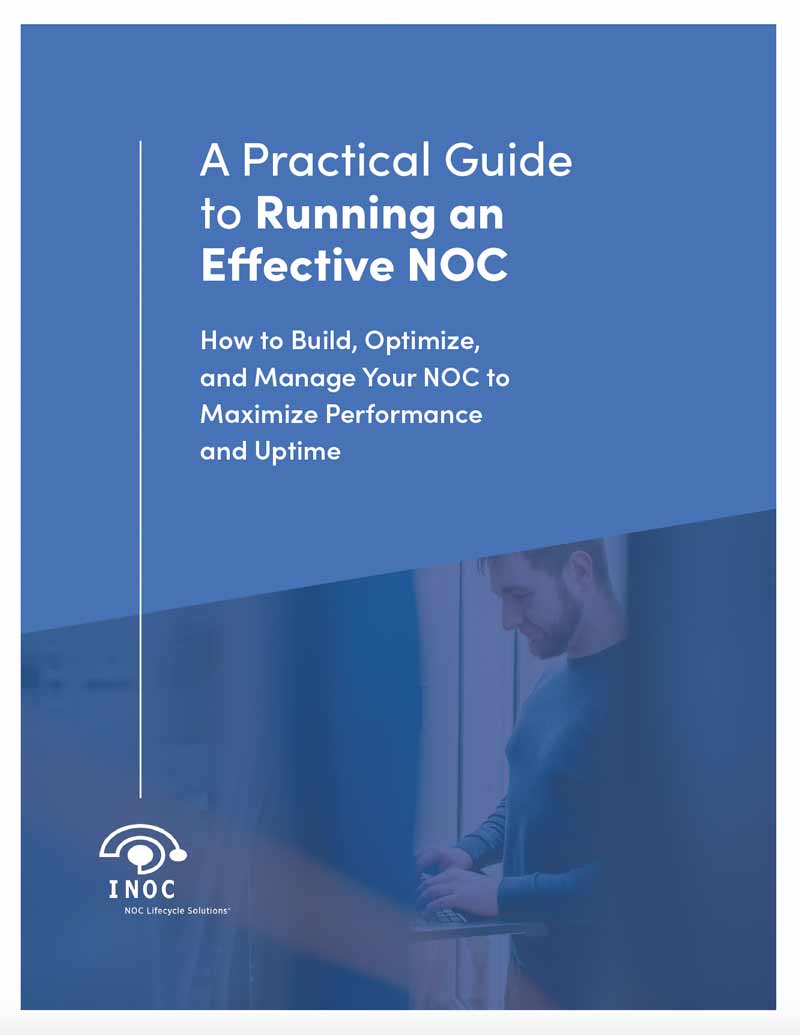
Free white paper A Practical Guide to Running an Effective NOC
Download our free white paper and learn how to build, optimize, and manage your NOC to maximize performance and uptime.



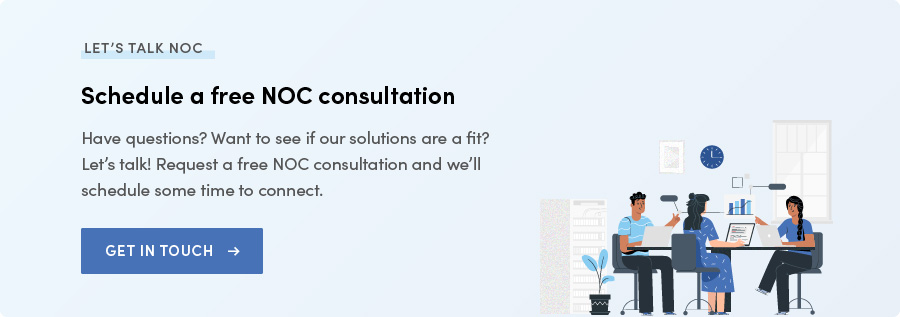



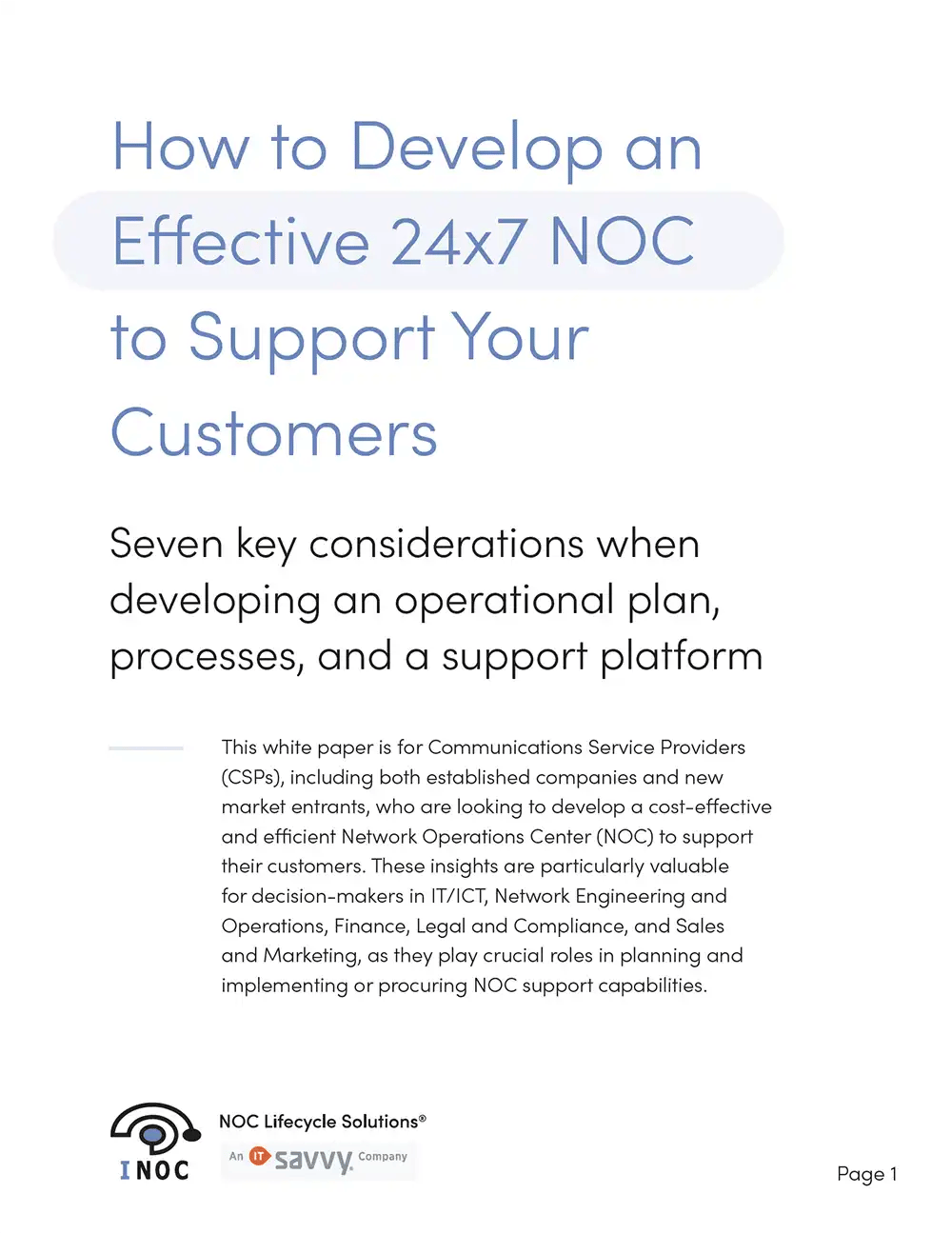

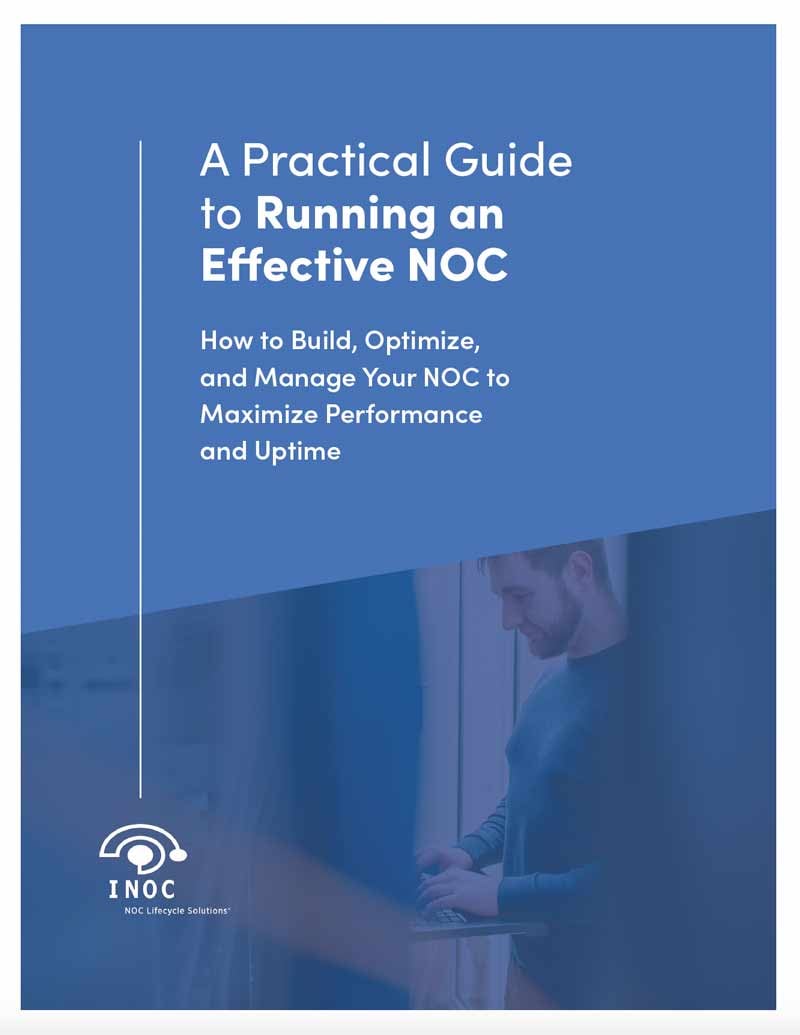
-images-0.jpg?height=2000&name=ino-WP-NOCPerformanceMetrics-01%20(1)-images-0.jpg)



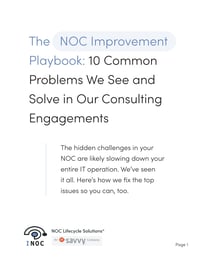
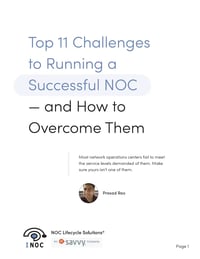
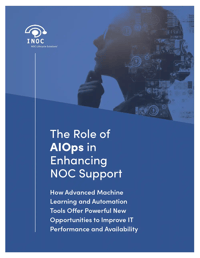
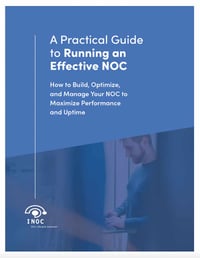
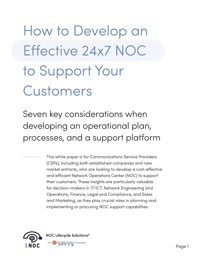
-images-0.jpg?width=200&height=259&name=ino-WP-NOCPerformanceMetrics-01%20(1)-images-0.jpg)